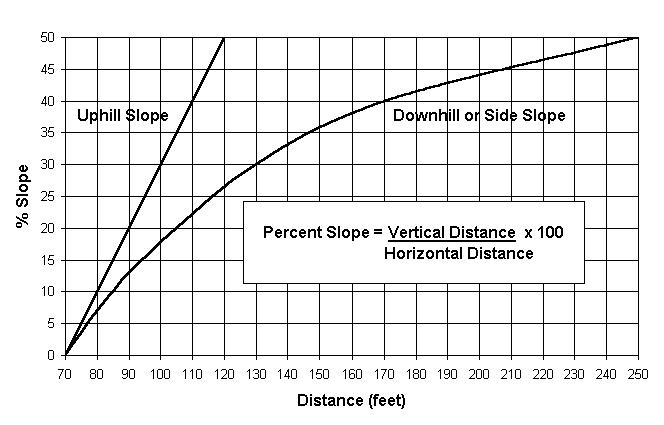 Creating Defensible Space - February 27, 2002 Jeff Schalau, County Director, Agent, Agriculture & Natural Resources Arizona Cooperative Extension, Yavapai County This column is a continuation of last week's columns on firewise landscaping and is designed to help you delineate the areas for wildfire defensible space around your home and property. I know not everyone lives in the wildland/urban interface. However, after reading it, you can also assist friends, neighbors, and relatives that do live in high-risk areas. Defensible space is an area around a structure where fuels and vegetation are treated, cleared or reduced to slow the spread of wildfire towards the structure. It also reduces the chance of a structure fire moving from the building to the surrounding wildlands. Defensible space also provides room for firefighters to do their jobs. Your house is more likely to withstand a wildfire if grasses, brush, trees and other common forest fuels are managed to reduce a fire's intensity. Creating effective defensible space involves developing a series of management zones in which different treatment techniques are used. Zone 1 is the area within 15 feet of any structure in which any flammable material is removed. The 15-foot distance is measured from the outside edge of the home's eaves, decks, garages, storage buildings, barns, or other structures. This is done through pruning, mowing, or completely removing flammable vegetation and other materials. Be sure to use proper pruning techniques when partially removing woody materials. Zone 2 is an area of fuel reduction. It is a transitional area between Zones 1 and the surrounding native plant community. Typically, Zone 2 defensible space should extend at least 75 to 125 feet from the structure. This varies according to slope with the shorter distances being used for level ground and increasing with the steepness of the slope. Within this zone, the continuity and arrangement of vegetation is modified. Remove stressed, diseased, dead or dying trees and shrubs. Thin and prune the remaining larger trees and shrubs. Be sure to extend thinning along either side of your driveway all the way to your main access road. These actions help eliminate the continuous fuel surrounding a structure while enhancing home site safety and make it easier for fire fighters to access your property. Zone 3 is the area beyond Zone 2, which extends outward to your property boundaries. Zone 3 is of no particular size and is not considered defensible space. However, if there is something particularly flammable or otherwise hazardous, it may be wise to take steps to reduce the hazard (more on this next week). If you are on level ground, the distance for Zone 2 is 70 feet. If there is any slope whatsoever, the distance of Zone 2 increases as slope increases. To determine the defensible space needed for Zone 2, you must measure percent slope on all sides Zone 1. This is done by measuring the vertical distance (change in elevation) and horizontal distance (level distance). Divide the vertical distance by the horizontal distance and multiply times 100. After you have calculated percent slope, simply determine the distance of Zone 2 from Figure 1. This is the distance along the surface of the ground to measure outward from Zone 1. Figure 1. How to calculate defensible space distance for Zone 2 using percent slope for uphill, downhill, and side slope. For example, if your home is situated on a 20 percent slope, the minimum defensible space dimensions would be 90 feet uphill and to the sides of the home and 105 feet downhill from the home.  Next week, we will discuss specifics about how to treat the vegetation within Zone 2. Meanwhile, take a measuring tape and determine the area for Zone 2 around your home. The University of Arizona Cooperative Extension has publications and information on landscaping and gardening. If you have other gardening questions, call the Master Gardener line in the Cottonwood office at 646-9113 or E-mail us at mgardener@verdeonline.com and be sure to include your address and phone number. Find past Backyard Gardener columns or submit column ideas at the Backyard Gardener web site: http://ag.arizona.edu/yavapai/anr/hort/byg/. |